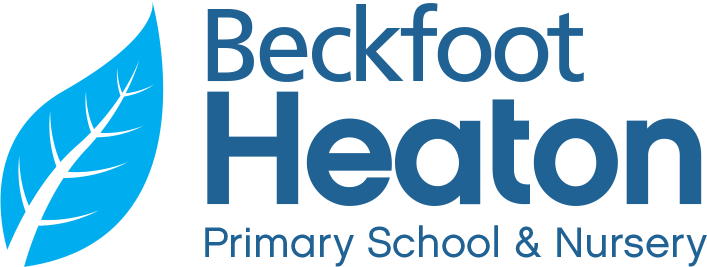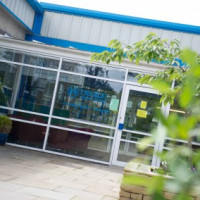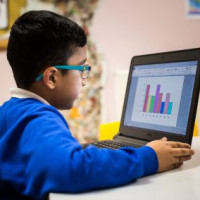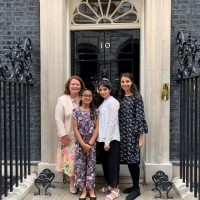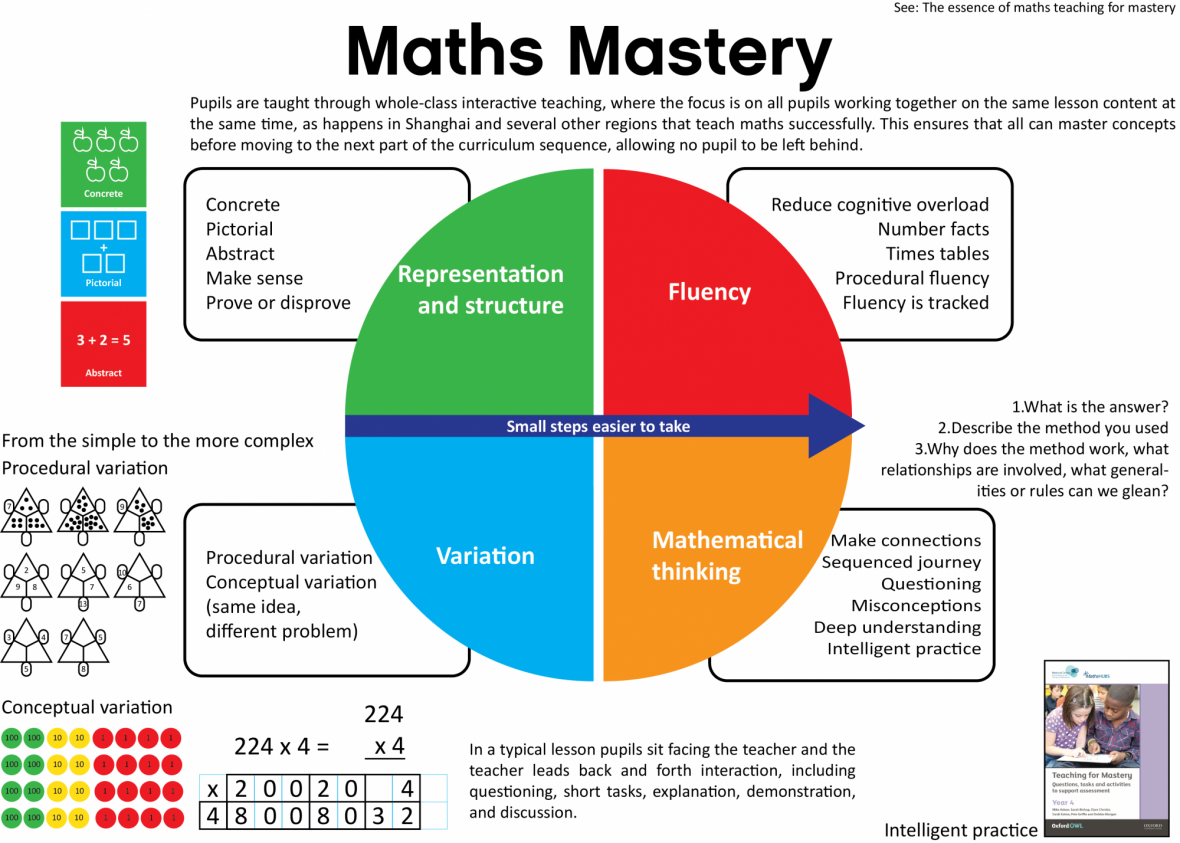How we Teach Maths
At our school we follow the essence of maths mastery. Our lessons are planned to use resources that build understanding from concrete to pictorial to abstract representation of number.
We make time to build fluency in instant recall and mental strategies so that children can reduce their cognitive load. We encourage the children to think mathematically so that they can apply their learning through the variation of conceptual and procedural understanding.
We plan lessons following the National Curriculum. This is structured using sequenced blocks of linked objectives described by Maths Mastery. We use a range of textbooks that provide questions and activities for lessons and homework.
This guidance from the NCETM lists keys elements of maths mastery. “Maths teaching for mastery rejects the idea that a large proportion of people‘just can’t do maths’. All pupils are encouraged by the belief that by working hard at maths they can succeed. Pupils are taught through whole-class interactive teaching, where the focus is on all pupils working together on the same lesson content at the same time, as happens in Shanghai and several other regions that teach maths successfully. This ensures that all can master concepts before moving to the next part of the curriculum sequence, allowing no pupil to be left behind.”
Fluency is at the centre of the updated National Curriculum for maths. At Beckfoot Heaton, we want to ensure that children can count fluently and know key mathematical facts so that calculation is more efficient. Rapid recall of key facts reduces the extraneous cognitive load when children are tackling complex calculations and problems. It is widely acknowledged that practice, drill and memorisation are essential if children are to become mathematically fluent.
We believe that children should learn these facts by rote, including chanting.
All of these assume that conceptual teaching which underpins it. Children should be able to represent and derive this knowledge using a range of concrete apparatus and pictorial images such as, number lines, arrays, counting objects etc.
The aim of these guidelines, in line with the new National Curriculum (Sept 2014), is not to race to the end but to secure understanding at each stage. Children need to be able to explain the methods in terms of how and why not just what to do. Children need to manipulate objects, draw images or use concrete representation, even for mental maths.The imagery will stay in the pupils’ heads, it’s not just something to do during the first stages of learning a mental method.
Children and staff at Heaton should take pride in the quality of their work and respect the school environment. Work on display should promote learning and communicate to children that we value them and their work. There should be a consistent standard of display across our school, however high quality is not the same as uniformity and we value teachers being creative in the way they display children’s work and communicate concepts visually.
This an example of a Maths Mastery that we use to map the National Curriculum and ensure that objectives are thoroughly covered by the end of the year.
The aim of these calculation guidelines, in line with the new National Curriculum, is not to race to the end but to secure understanding at each stage.
Children need to be able to explain the methods in terms of how and why not just what to do. The written method is the way to record what we do with equipment. Children need to manipulate objects, draw images or use concrete representation before moving to abstract concepts. The imagery will stay in the pupils’ heads, it’s not just something to do during the first stages of learning a method. Each time a new stage is introduced children should compared it to the stage before and identify similarities, rather than just ignore or move on from what has proceeded it.
